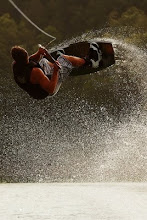Blomquist, Christopher. A Primary Source Guide to Spain. New York: The Rosen Publishing Group, 2005.
Croy, Anita. Countries of the World-Spain. Washington, D.C.: National Geographic Society, 2010.
McKay, Susan. Festivals of the World-Spain. Milwaukee, Wisconsin: Gareth Stevens Publishing, 1999.
"Spain".The World Book Encyclopedia. 2008 ed.
Spain. Anonymous. http://www.reference.allrefer.com/countryguide-study/Spain
Croy, Anita. Countries of the World-Spain. Washington, D.C.: National Geographic Society, 2010.
McKay, Susan. Festivals of the World-Spain. Milwaukee, Wisconsin: Gareth Stevens Publishing, 1999.
"Spain".The World Book Encyclopedia. 2008 ed.
Spain. Anonymous. http://www.reference.allrefer.com/countryguide-study/Spain
"All About Spain" completed by: Chase Turknett and Travis Toole





